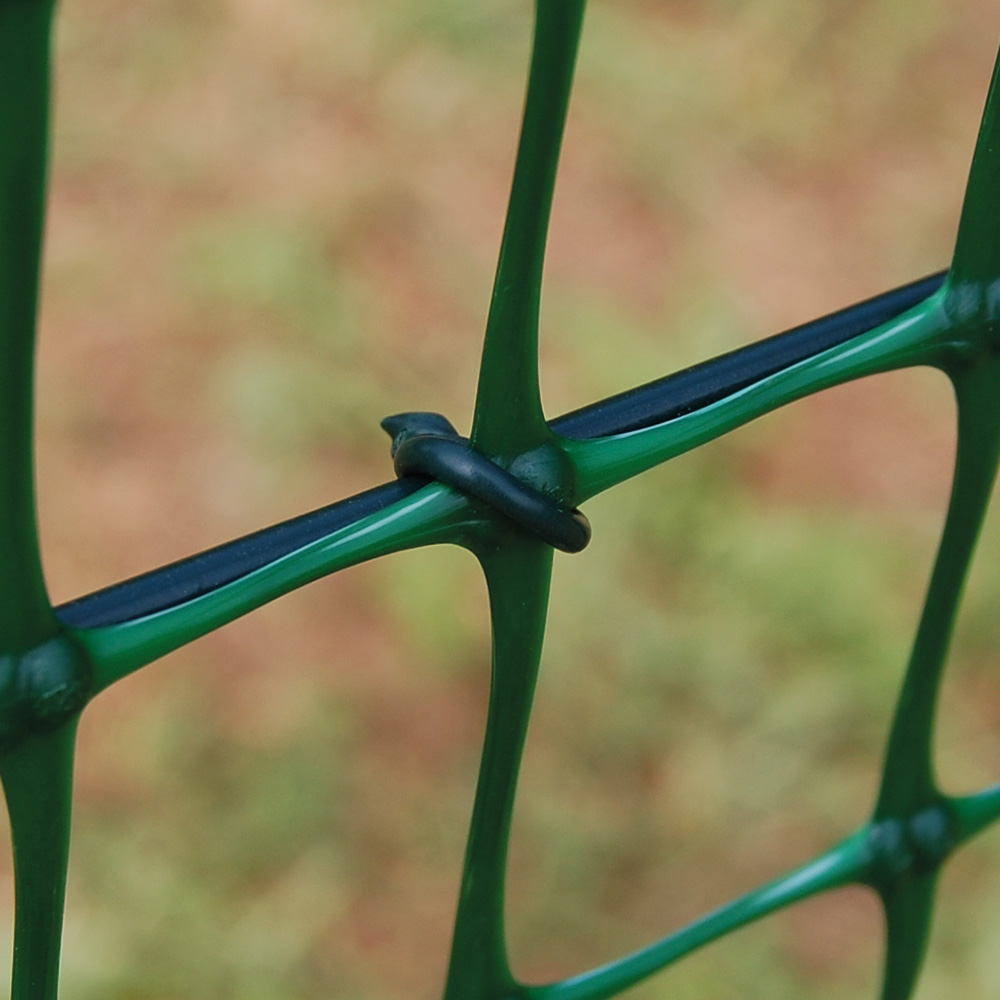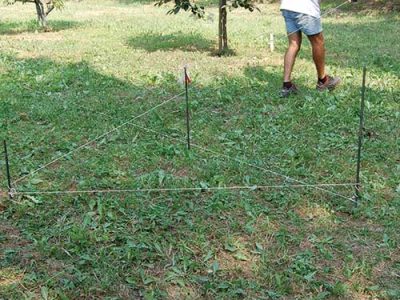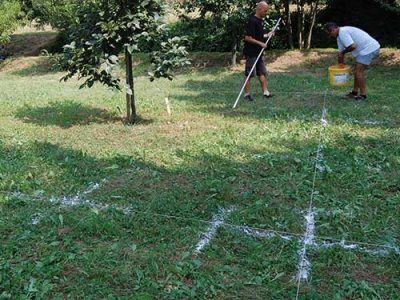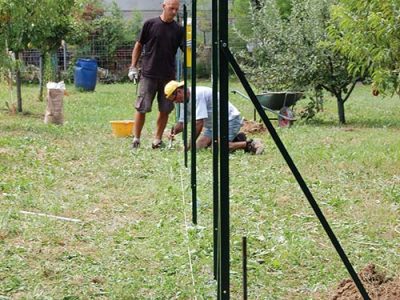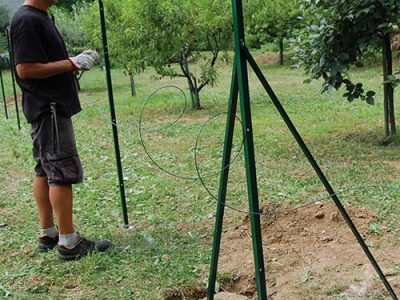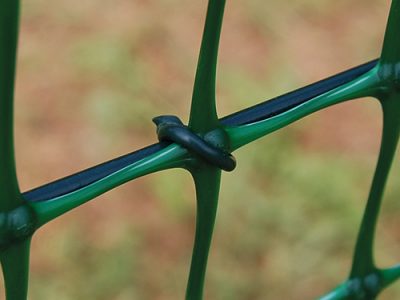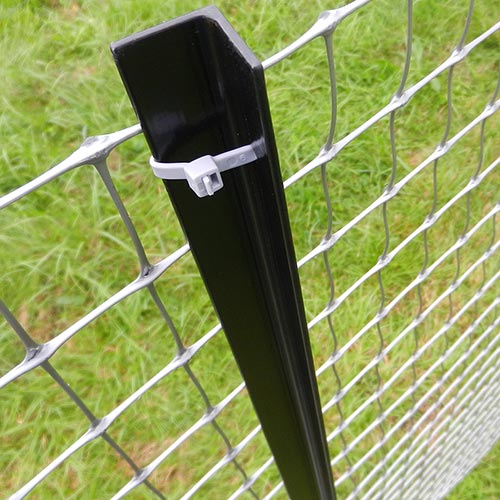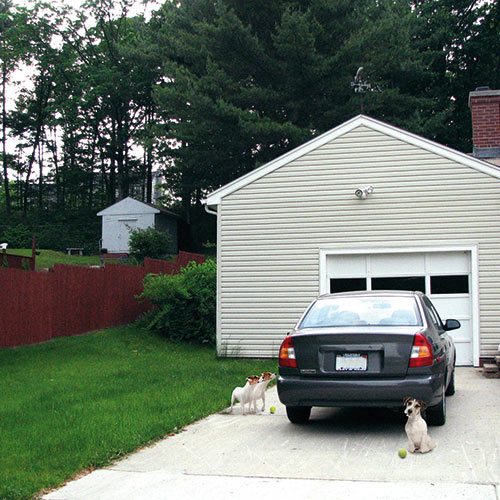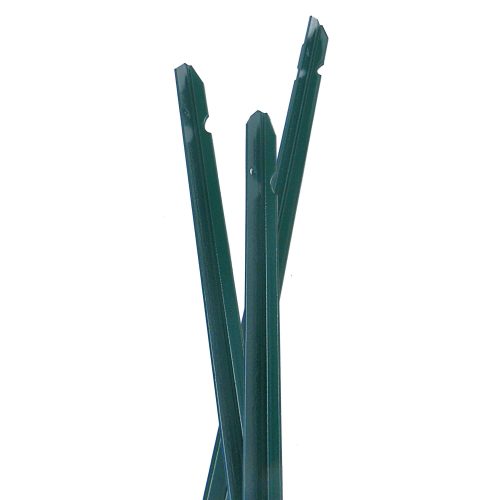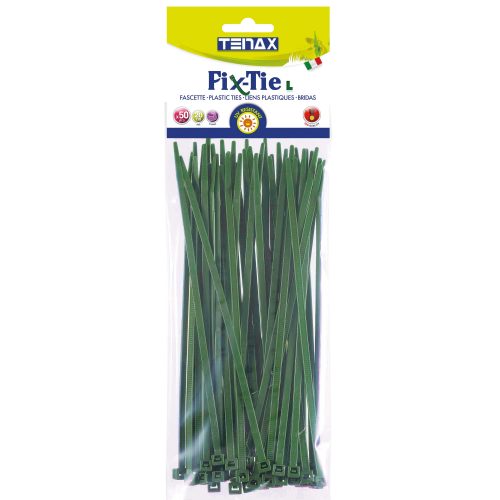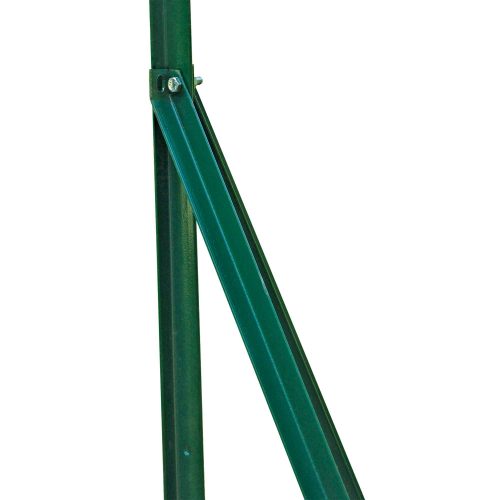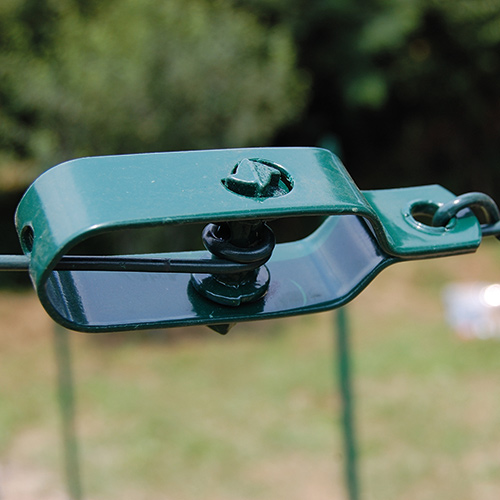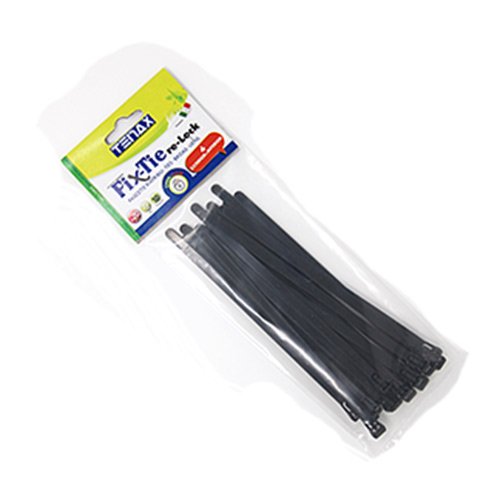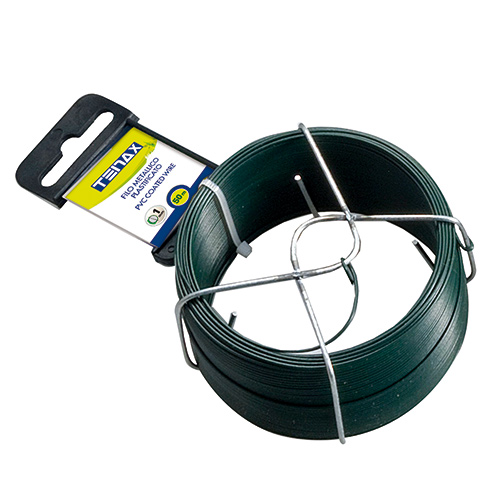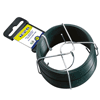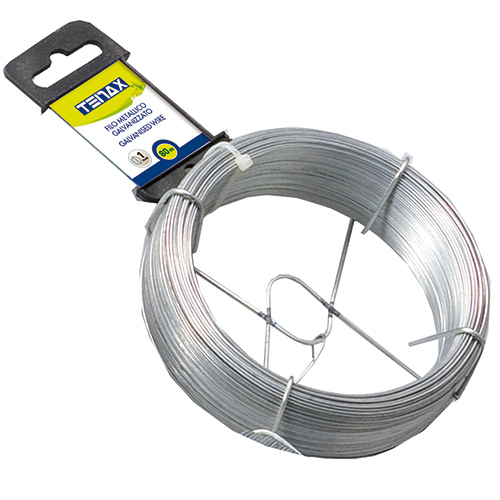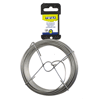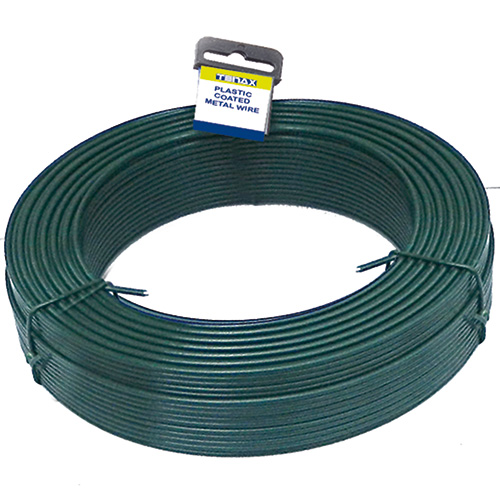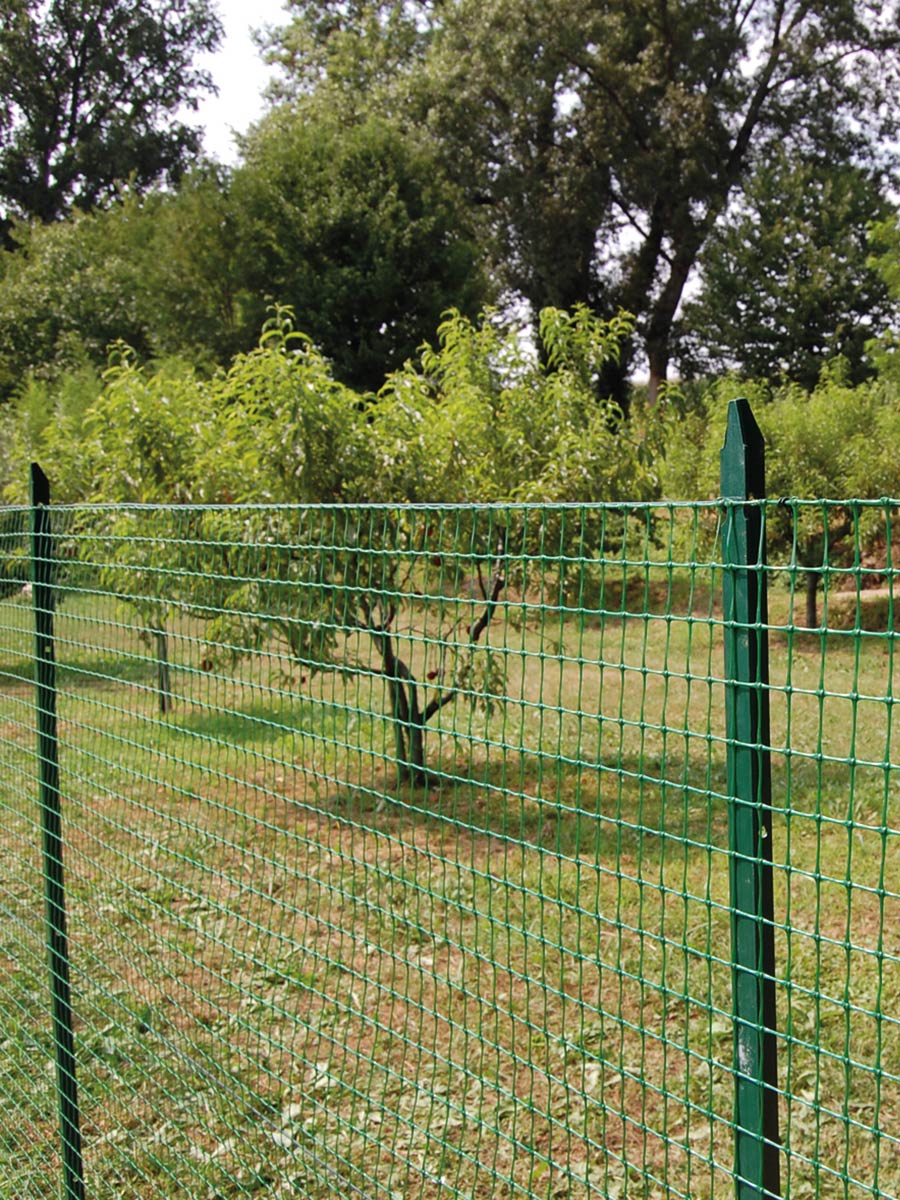
 Made in Italy
Made in Italy
RANCH
Light and durable plastic mesh
-
DESCRIPTION
-
USE-ADVANTAGES
-
SIZE
-
INSTALLATION
Protective, flat-woven fence
The exclusive production process of its threads offers the TENAX RANCH fence the highest tensile strength and makes it long lasting over time. It is used as permanent fencing of gardens, sport facilities, green areas and for delimiting areas dedicated to small-medium sized dogs. The mesh has flat and light threads, but maintains its high strength. It is innovative, produced from 100% polypropylene; thanks to the molecular orientation of the threads in both directions (longitudinal and transverse), it offers high tensile strength and high tear resistance.
Quality Made in Italy
Features
-
 Resistant
Resistant -
 Guarantee
Guarantee -
 UV treated
UV treated
Colours
-
Green
Applications
The RANCH plastic fence offers many advantages in comparison with wire meshes: it is easy to install, light to handle and it resists any weather condition. Therefore, it is ideal for permanent fencing. It is available in multiple heights and can meet any need, both for permanent and temporary fences. Its green colour harmonizes with the environment.
- It is ideal for delimiting enclosures for animals
- It is recommended for permanent residential fencing
- Ideal also as permanent fencing of gardens and sport facilities
- Suitable for fencing large industrial or residential green areas, thanks to its structural and mechanical strength
Features
- Produced from polypropylene
- Mesh: 30×45 mm
- The mesh undergoes a special process of molecular orientation of the threads in both directions
Advantages
- Rolls are light and easy to handle
- It does not rust and is resistant to any weather condition
- Long-lasting
- Easy to install
- Light and highly resistant
- UV treated
Consumer information
| SIZE [m] | COLOUR | PACKAGING | EAN |
|---|---|---|---|
| 1,00x50 | Green | Roll | 8002929034816 |
| 1,50x50 | Green | Roll | 8002929034809 |
| 2,00x50 | Green | Roll | 8002929034830 |
| 4,00x50 | Green | Roll | 8002929034854 |
Trade information
| SIZE [m] | COLOUR | CODE | PACKS/SELLING UNIT | SELLING UNIT | SELLING UNIT/PALLET | EAN 14 |
|---|---|---|---|---|---|---|
| 1,00x50 | Green | 93080806 | - | Roll | 32 | 18002929034813 |
| 1,50x50 | Green | 93081506 | - | Roll | 20 | 18002929034806 |
| 2,00x50 | Green | 93082006 | - | Roll | 20 | 18002929034837 |
| 4,00x50 | Green | 93088006 | - | Roll | 20 | 18002929034851 |
1. Outline the area to fence
Place the posts at the perimeter corners. Then place the external posts along the imaginary perimeter line about 40 cm from the corner point and stretch a guide wire. The external posts help to make the position of the corner post visible, even after it has been removed.
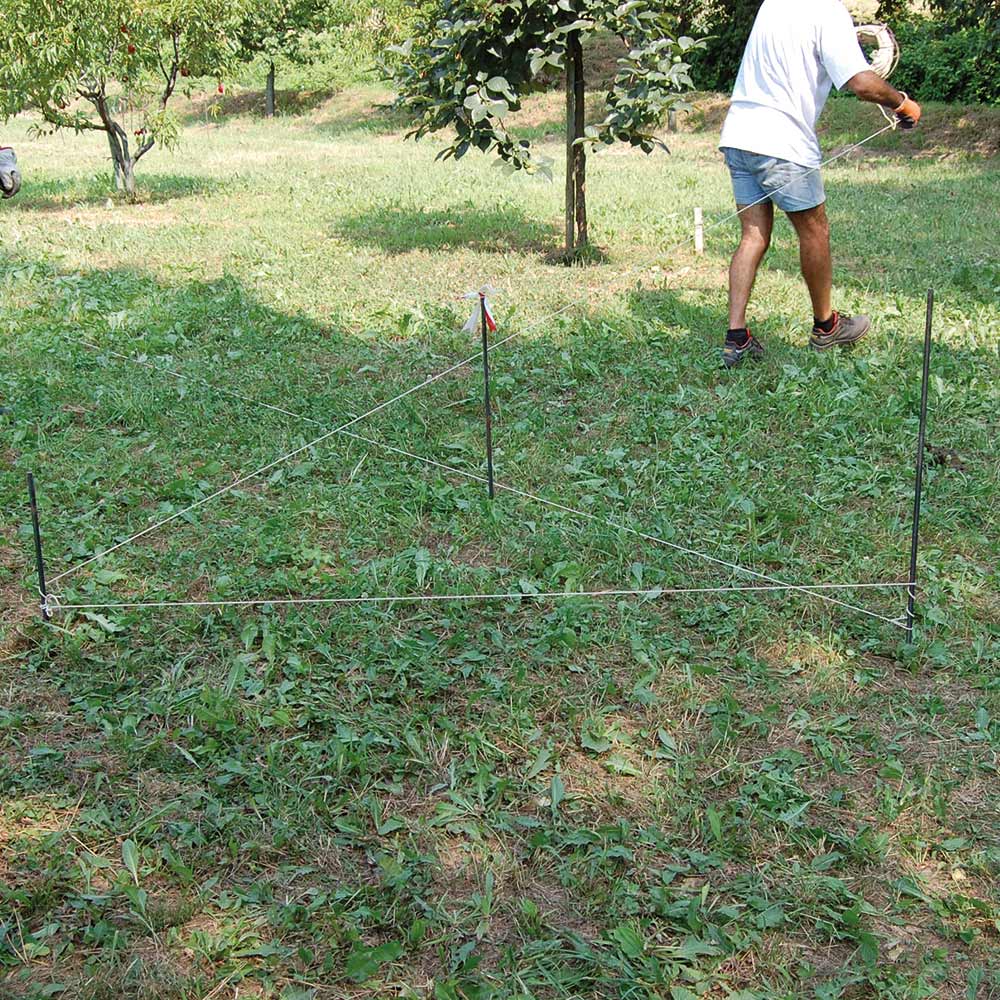
2. Mark the position of the posts
Remove the corner posts and mark the points where holes will be dug for EXTRA T POSTs and EXTRA ARROW bracing posts using chalk.
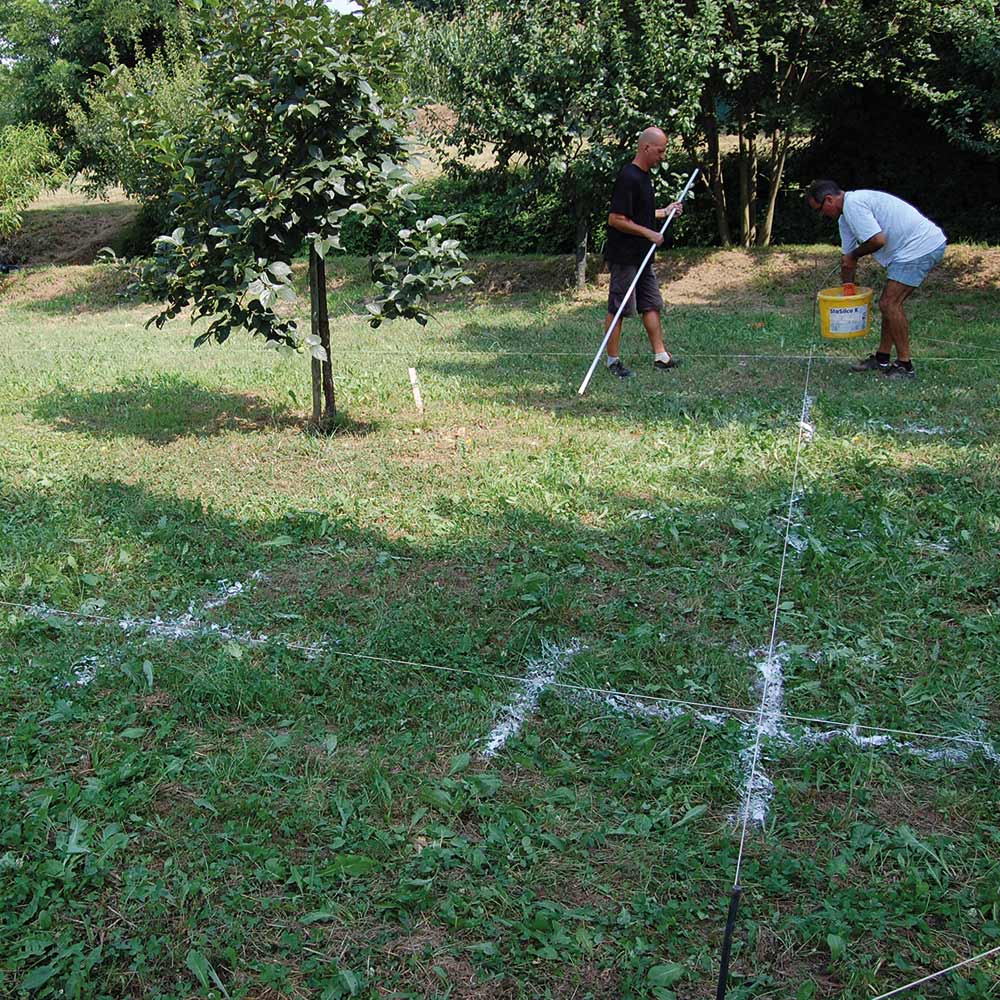
3. Installing metal posts
Place the posts along the perimeter about 2 meters from each other. The posts can be positioned in cement or directly in the ground.
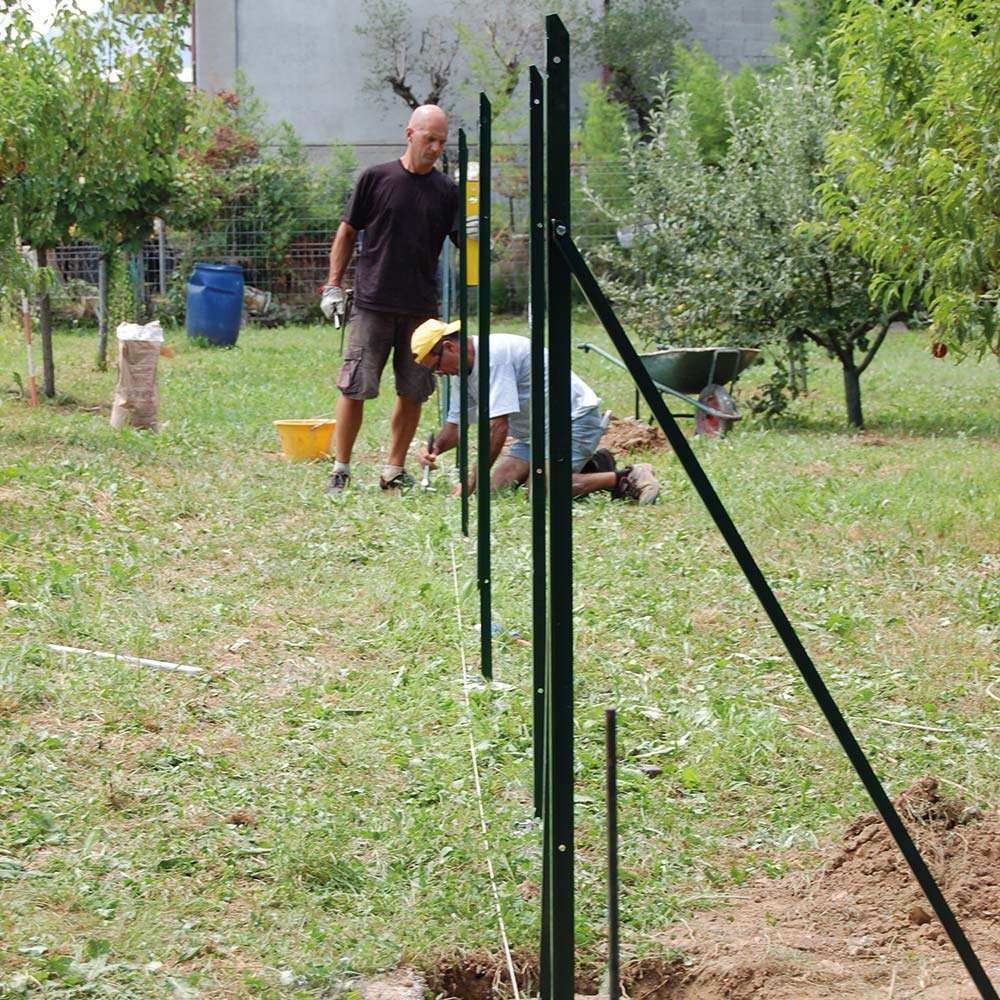
3a. Installing posts in cement
Make holes in the ground, with a shovel or machinery such as drills or mini-excavators, approximately 20-30 cm deep for a width of 20-30 cm; pour cement in the hole and position the posts until you touch the bottom, checking they are perfectly perpendicular to the ground and aligned with the previously hung twine. Wait until the cement is completely dry before installing the fence, to avoid misaligning the posts when installing the mesh.
3b. Installing posts in the ground
Make holes in the ground that are approximately 50 cm deep. Place the posts in the ground, cover with the dug earth and compact.
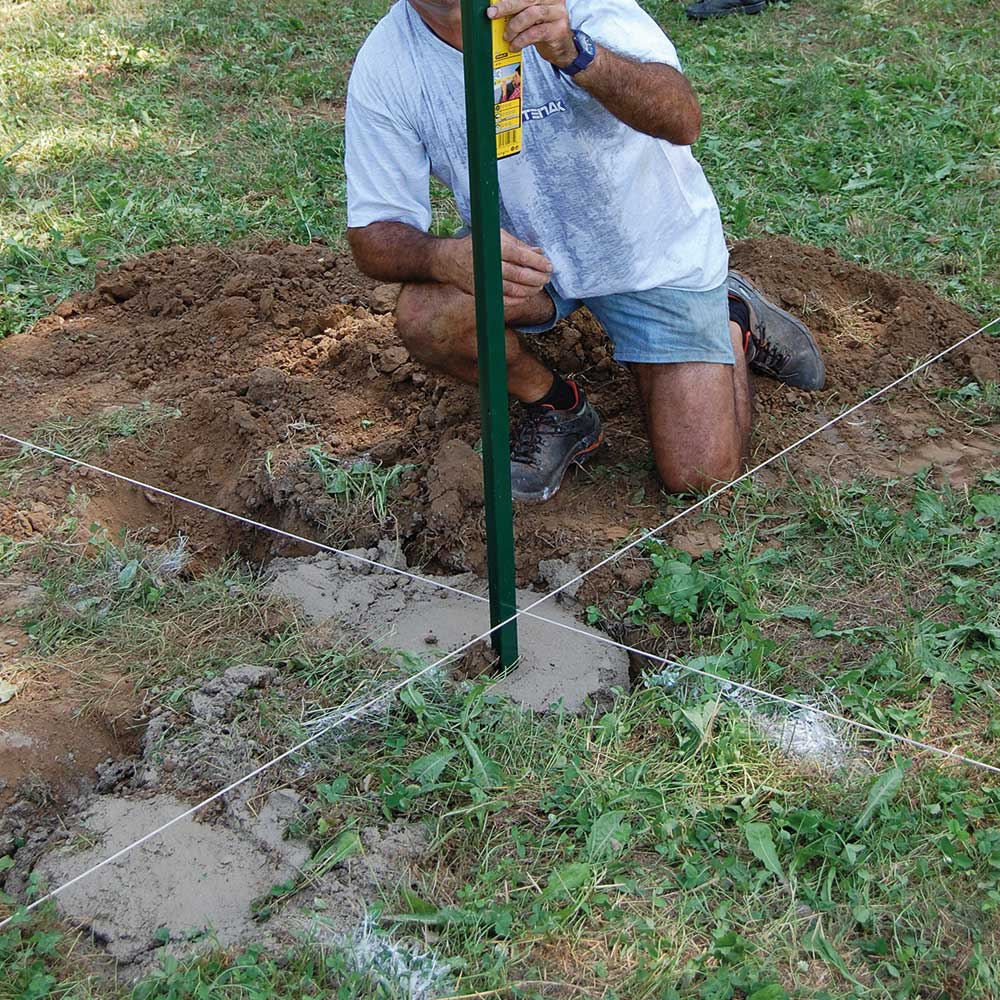
4. Installing plastic coated metal wires
Strengthen the fence by pulling the plastic coated TENAX EXTRA WIRE through the holes of each post and fasten them to the relevant TENAX WIRE TENSIONERS. Leave the central wire free to move to allow it to match up with the mesh pitch when fastening. For each wire, position the wire tensioners between the posts. Pass each wire in the specific wire tensioner mechanism. With the help of pincers or a wrench, tighten the plastic coated wires.
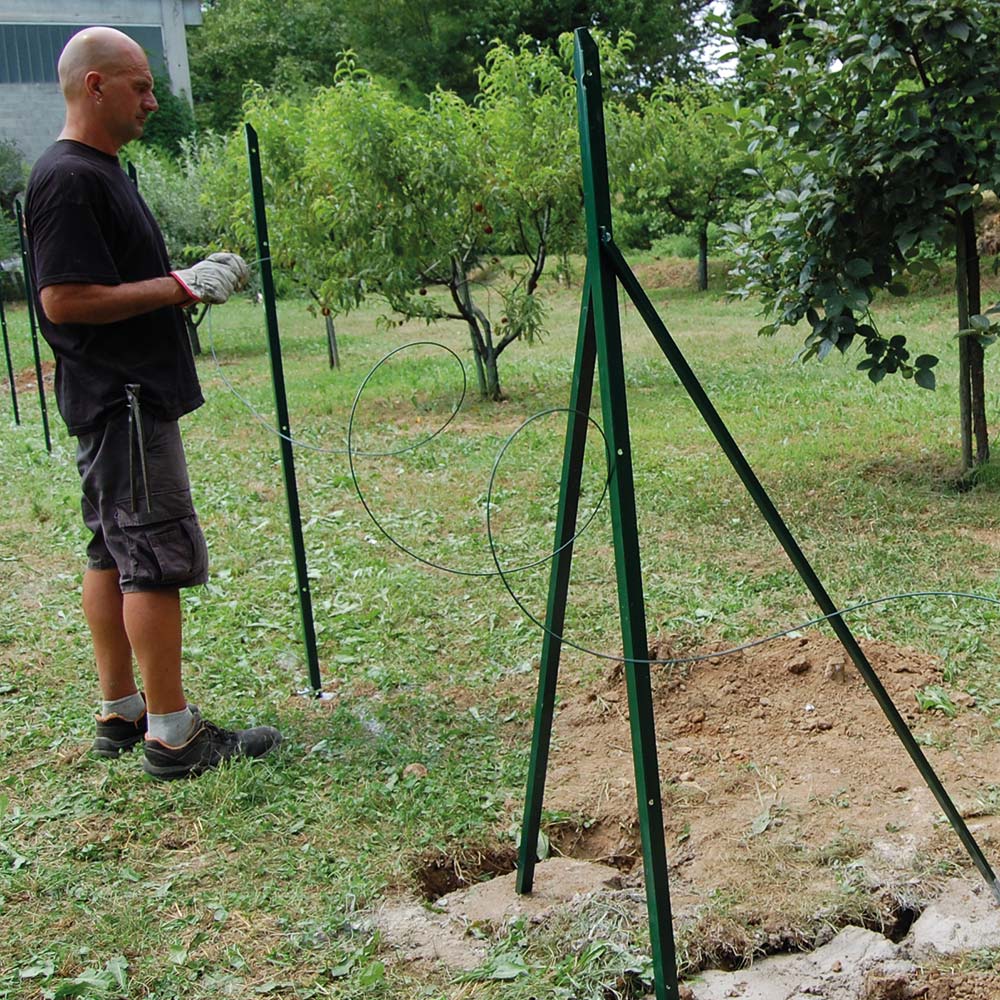
5. Installing the mesh
Unroll the mesh along the posts. Start by unrolling the whole mesh and fasten it temporarily to the posts.
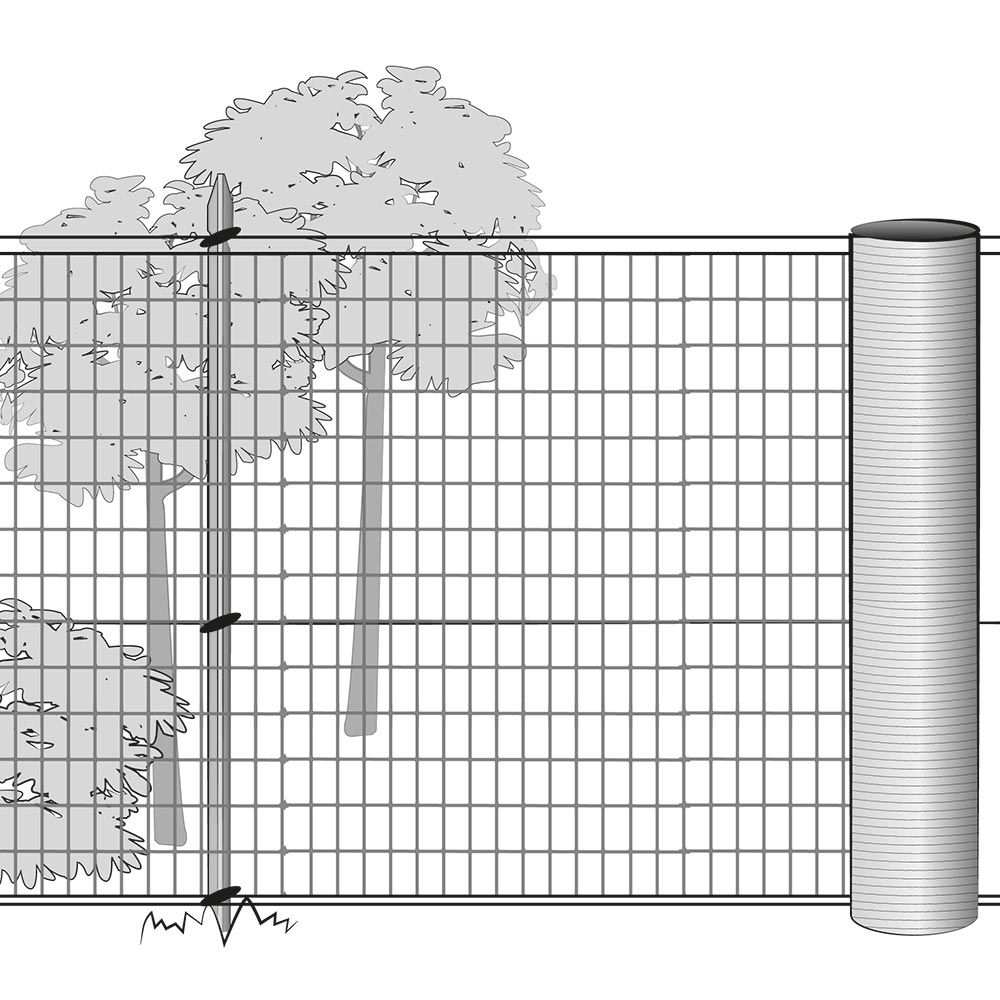
6. Fastening the mesh
Fasten the mesh to the wires and relative posts with the help of the plastic coated TENAX EXTRA WIRE or the specific FIX-TIE plastic ties. Pull and finish installing the mesh, checking that it is aligned with the posts and the wires are tensioned.
